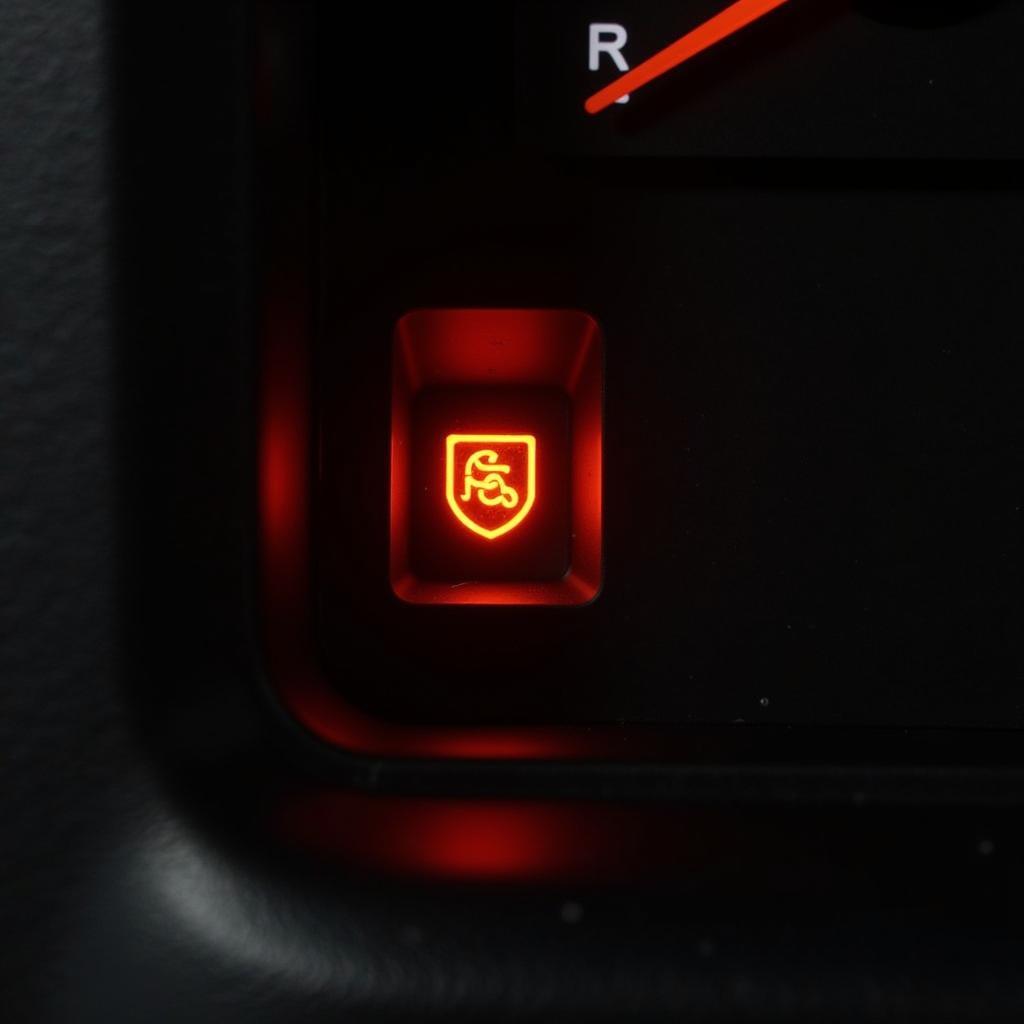The Warner clutch brake unit is a critical component in many industrial and automotive applications. It provides reliable power transmission and braking, ensuring smooth operation and safety. However, like any mechanical system, it can experience issues over time. This comprehensive guide will delve into common problems, troubleshooting tips, and the possibilities of remote software solutions for Warner clutch brake units.
Understanding the Warner Clutch Brake Unit
Before we dive into troubleshooting, it’s essential to understand the basic function of a Warner clutch brake unit. This unit combines a clutch and a brake in a single assembly, often used in power transmission systems. The clutch transmits torque from the motor to the drivetrain, while the brake stops or holds the load when the motor is off.
The unit typically consists of:
- Clutch: Engages and disengages the power flow
- Brake: Stops and holds the load
- Actuator: Controls the engagement and disengagement of the clutch and brake
- Control System: Manages and regulates the entire unit’s operation
Common Warner Clutch Brake Unit Problems
Several issues can arise with Warner clutch brake units, often leading to performance degradation or complete system failure. Recognizing these problems early can save time, money, and potential safety hazards. Here are some common culprits:
1. Clutch Slippage
Clutch slippage occurs when the clutch fails to transmit the required torque, leading to reduced power output, overheating, and premature wear.
Possible Causes:
- Worn-out clutch facings
- Oil or grease contamination on the clutch discs
- Incorrect air gap adjustment
- Mechanical failure in the clutch actuator
2. Brake Drag
Brake drag occurs when the brake fails to release completely, creating friction and resistance even when disengaged. This can lead to reduced efficiency, overheating, increased fuel consumption, and premature wear.
Possible Causes:
- Improper brake adjustment
- Worn brake linings
- Damaged or obstructed brake components
- Issues with the brake actuator or control system
3. Actuator Malfunctions
The actuator plays a crucial role in engaging and disengaging the clutch and brake. Malfunctions in this component can lead to erratic behavior, improper engagement, or complete system failure.
Possible Causes:
- Electrical issues such as broken wires or faulty connections
- Pneumatic or hydraulic leaks
- Mechanical wear and tear in the actuator components
- Software or programming errors in electronically controlled actuators
Troubleshooting Warner Clutch Brake Units
Troubleshooting clutch brake units requires a systematic approach, starting with visual inspections and moving towards more advanced diagnostic methods.
Here’s a step-by-step guide:
-
Visual Inspection: Begin by inspecting the unit for any visible damage, leaks, or loose connections. Check for wear and tear on the clutch and brake components, and examine the actuator for any physical abnormalities.
-
Operational Checks: Run the system through its paces, observing the clutch and brake engagement and disengagement. Listen for unusual noises, vibrations, or signs of slippage or drag.
-
Air Gap Adjustment (if applicable): Measure and adjust the air gap between the clutch and brake components according to the manufacturer’s specifications. An incorrect air gap can lead to slippage, drag, and premature wear.
-
Component Testing: Test individual components such as the actuator, solenoids, sensors, and wiring harnesses to isolate the source of the problem. Use a multimeter, pressure gauge, or other diagnostic tools as needed.
-
Software Diagnostics: For electronically controlled units, utilize diagnostic software to read error codes, monitor system parameters, and identify potential software or programming issues.
warner electric brake and clutches pb-1225 heavy duty
The Potential of Remote Diagnostics and Software Solutions
Advancements in technology have paved the way for remote diagnostics and software-based solutions for Warner clutch brake units. These innovations offer numerous benefits:
-
Faster Diagnosis: Remote diagnostics allow technicians to access system data and identify problems quickly, reducing downtime and expediting the repair process.
-
Reduced Costs: Remote diagnostics can eliminate the need for on-site visits, minimizing travel expenses and labor costs.
-
Software Updates and Programming: Remote software solutions enable technicians to update firmware, adjust parameters, and even reprogram the unit’s control system remotely, ensuring optimal performance and addressing specific operational requirements.
-
Preventative Maintenance: Remote monitoring systems can track system performance, identify potential issues before they escalate, and schedule timely maintenance, ultimately prolonging the unit’s lifespan and minimizing unexpected breakdowns.
warner electric clutch brake control cbc 150 1 manual
Conclusion
Warner clutch brake units are vital components in many industrial applications, and understanding potential problems and troubleshooting techniques is crucial for maintaining optimal performance. While traditional troubleshooting methods remain essential, remote diagnostics and software solutions are rapidly changing the landscape of automotive repair, offering faster, more efficient, and cost-effective solutions for Warner clutch brake units.
By embracing these technological advancements, industries can optimize their operations, minimize downtime, and extend the lifespan of their Warner clutch brake units, leading to increased productivity and reduced operational costs.

